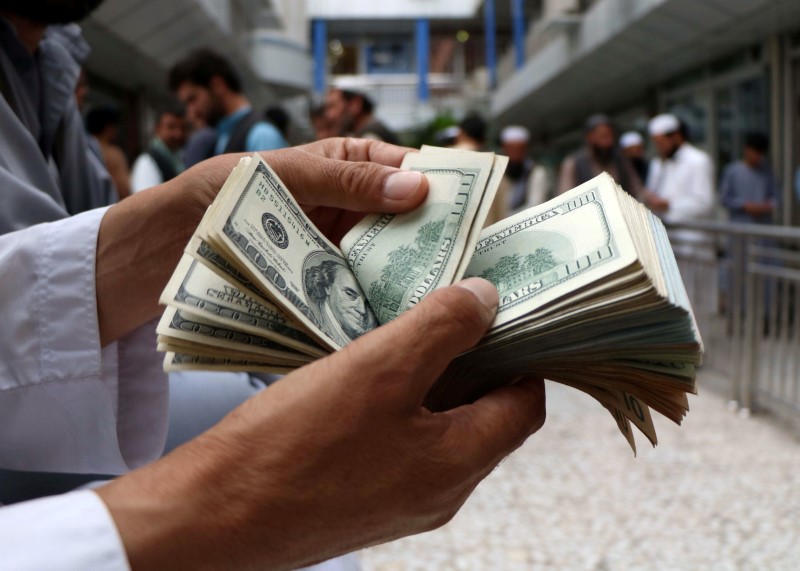Dollar Uptrend to Continue as Fed Likely to Reinforce Need to Front-Load Hikes
2022.07.25 22:22

By Yasin Ebrahim
Investing.com — The dollar slipped Monday, but could be set to resume its trend higher as the Federal Reserve is expected to signal that front-loading rate hikes remains on the table as it races toward reaching a restrictive stance on policy.
The U.S. dollar index, which measures the greenback against a trade-weighted basket of six major currencies, fell by 0.27% to 106.33.
The Fed’s message to front-load rate hikes “could put a floor under the dollar into September, as the notion that the Fed is still in the front-loading phase of tightening could prevent markets from offloading their long dollar positions,” ING said in a note.
The Fed is expected to raise rates by another 75 basis points at the conclusion of its two-day meeting on Wednesday.
The expected hike will take the Fed’s benchmark rate to a range of 2.25% to 2.5%, but likely leave the door open for further hikes to take rates beyond the neutral rate – a rate that neither stimulates nor constrains the economy – to restrictive territory, which some experts forecast around 3.4%.
As well as rate hikes, the dollar’s rally toward multi-year highs has been driven by “structural strengths of the U.S. economy, especially greater energy resiliency; a more aggressive and less constrained Federal Reserve; and the dollar’s status as a high-yielding perceived ‘safe haven,’” Wells Fargo said.
As global recession fears continue to build, meanwhile, a meaningful recovery in risk sentiment is unlikely, which “should incidentally give some extra support to safe-havens (including USD),” ING added, forecasting the dollar to remain at current levels before picking up pace into the Fed decision.
“We expect DXY to keep hovering around the 107.00 level into the FOMC meeting, and possibly re-test 108.00 after Wednesday,” ING said.
With the euro, meanwhile, making up nearly 60% of the dollar basket, fresh data pointing to recession risks for the single economy could force investors to cut bets on European Central Bank tightening, providing the dollar with another tailwind to continue its trend.
“[C]urrent pricing on ECB tightening appears overly hawkish when factoring in the economic gloom, and this implies – in our view – that there is an asymmetrical balance of risk for EUR/USD in the near term when it comes to reacting to incoming data, as the chances of a EUR-negative dovish repricing are considerably higher,” Morgan Stanley said in a note.








